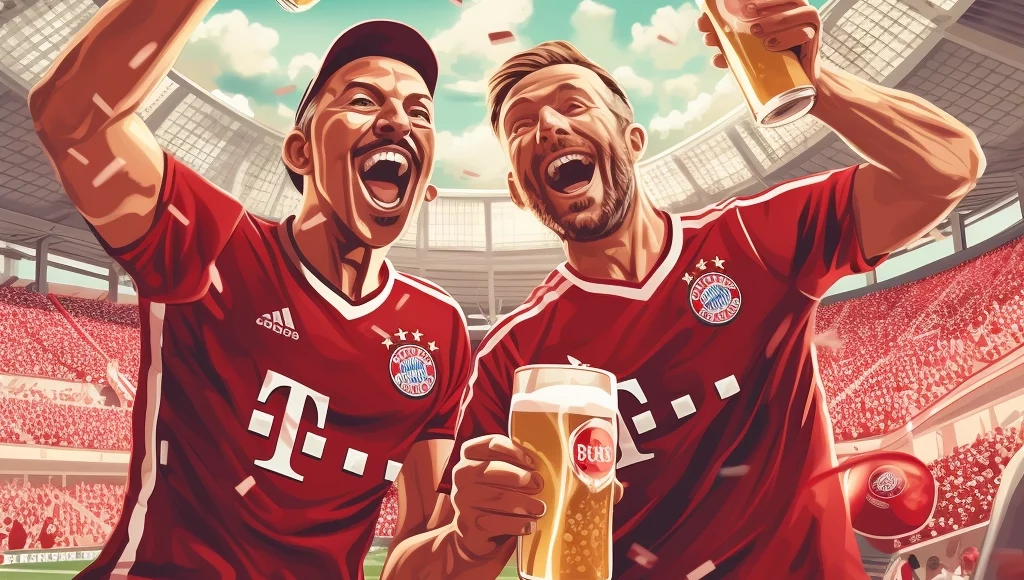The twelfth player on the team: the brand
Discover how a football team's brand transcends the field and becomes a valuable economic asset in the business world.

It could start in an even more relaxed way: the team's twelfth player is on the bench. Not on the bench, outside the game. But in the bank itself, representing an economic asset of the club. Or, in your accounting statements, or balance sheet, as an economic value that does not appear in the field, but is there like any of the other 11.
She is not a reserve, far from it. But it is still a reserve of resources. She is scheduled for all matches, for team training, for the club's editorial presence, for all celebrations, etc. It does not replace anyone on the field. But those who play the game know, imagine, or at least assume that the brand on the shirt transcends the importance of each of them individually. And we all also know that the 11's performance feeds the value of what's on the shirt.
But the issue is much more complex than that. Like any brand, that of a football team is an intangible entity, which goes far beyond its graphic representation, its logo. It is a purely perceptual reality in our minds. But, on the other hand, it becomes something that has economic value. And, I have no doubt, the market segment that most fuels its value is its fans and the often almost religious relationship with the team's fortunes. They are mainly the ones who feed the brand's cash flow through the box office of the games, through the products identified with the team. The value of a brand does not fluctuate in space, it is the consequence of the set of receivables, of the cash flow, generated by all the club's economic relations, including transactions involving the sale of athletes.
I also have no doubt, as in any area of business, that there is no strong brand that can resist bad products. A team's brand does not cover up its deficiencies. I already said this in a previous column: a brand is not a covering that hides the nature of the product, the company and, in this case, the team.
It is difficult to transform the glamor that a team has for its fans, the passionate feeling for it, into a reality that actually has this economic and marketing dimension. Let there be work! The wise words of the late and unforgettable Vicente Matheus, who presided over Corinthians for almost two decades, always come to mind. When someone told him how wonderful it was to be president of the club, his response was always: “You only see the drops I drink, but you don't see the falls I take”. If the phrase isn't exactly that, it's similar. The identity of the team from which the value of your brand ends up being derived is the result of a daily battle in managing the network of relationships that it establishes with its multiple stakeholders.
“Compared to teams from Europe and the United States, Brazilians have much less market value.” (Economic Value -01/24/2024)
In this same article from Valor Econômico, the numbers show the distance between the values of the brands. Real Madrid and Manchester United top the list: US$6 billion is what each of their brands are worth. In the international ranking, Flamengo appears in 19O (R$4.5 billion), followed by Palmeiras (R$3.5 billion) and Corinthians (R$3 billion). However, there is a generation of teams whose brands have grown surprisingly and which the newspaper called “branding top scorers”, such as Fortaleza and Red Bull Bragantino.
Football is sport and entertainment. But it also constituted an “industry” governed by the same rules that manage brands in any other business sector. In the 1950s and for a few decades afterwards, Europeans learned a lot about football from Brazil. Who knows, maybe now we can improve our teams’ brand management by learning from them. After all, everything leads us to believe that this 12O player won a starting position.